The 2016 Sweet Potato Harvest
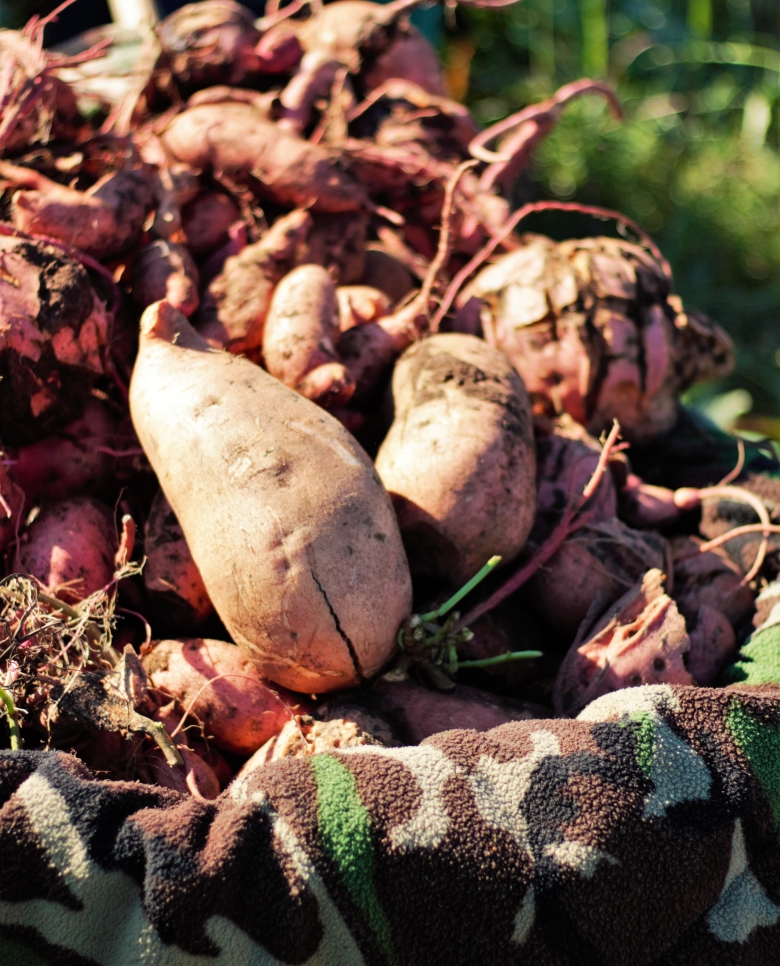
In one of my favorite gardening books, The Resilient Gardener by Carol Deppe, emphasis is put on staple calorie crops that produce in the worst conditions. That concept has stayed with me these past few years as we’ve chosen what seeds (or slips) to fill what spaces.

We have planted sweet potatoes every summer since we’ve lived in Texas and every year, save last year, they have grown well despite heat and bugs and drought. Last year the rodent population was just too much for them.
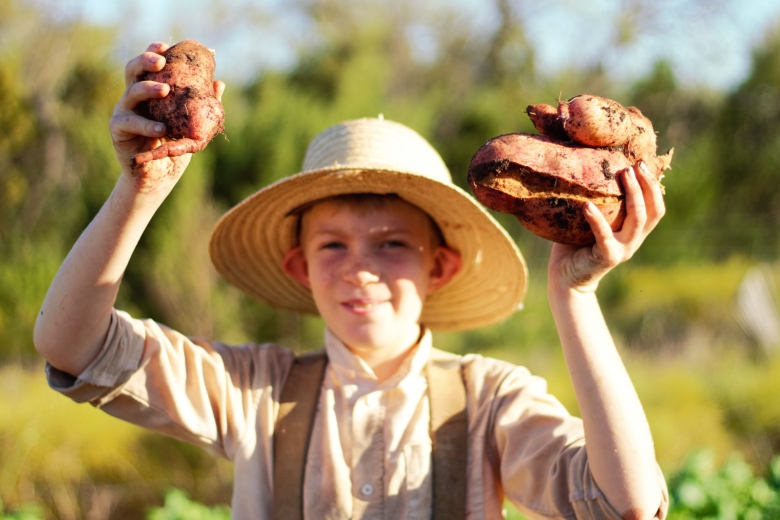
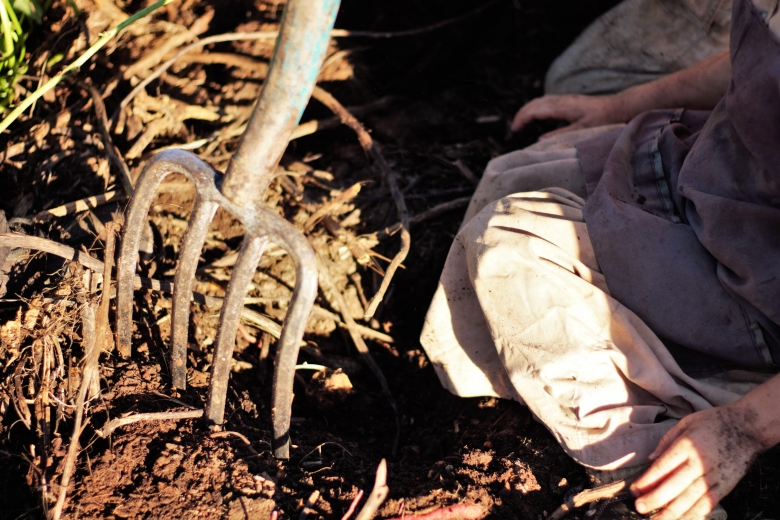
So this year we grew sweet potatoes in a large bed in the chicken field. We got some pretty consistent rain towards the end of summer and the leaves grew lush and delicious. I also appreciate crops with dual purposes – beets, turnips, carrots, and sweet potatoes all have edible roots and greens.
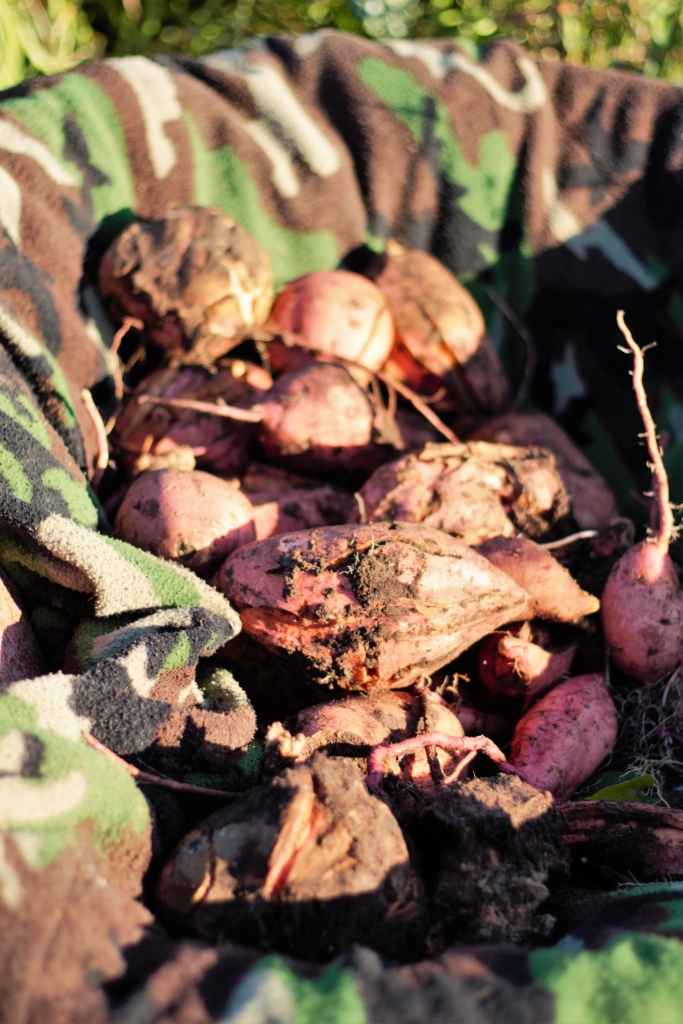

Harvesting root crops is one of those things we look forward to because for the children, it’s a treasure hunt. We invited a dear friend and neighbor who came and helped us pull back the vines and loosen the soil before watching the four oldest children hunt for sweet potatoes.
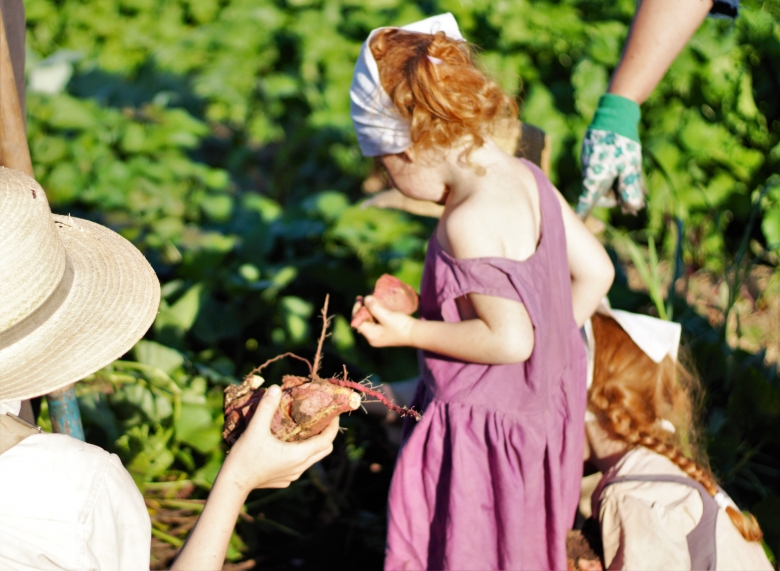
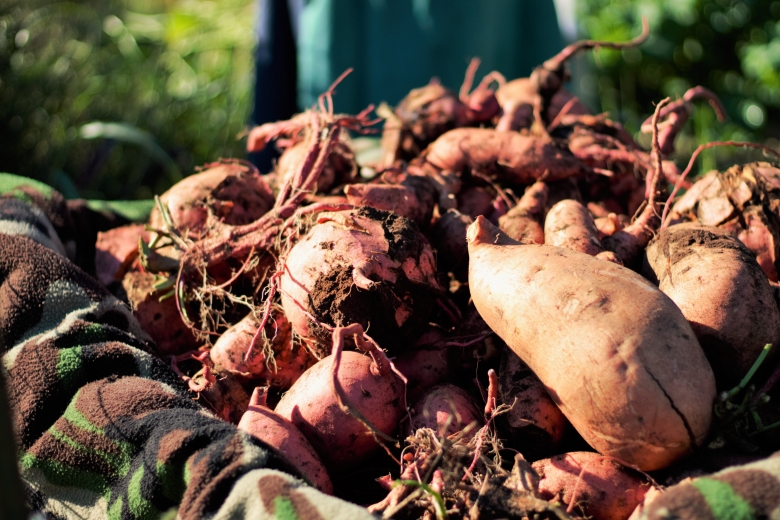
I don’t know how many times I heard gasps and then “Look, Ma!“.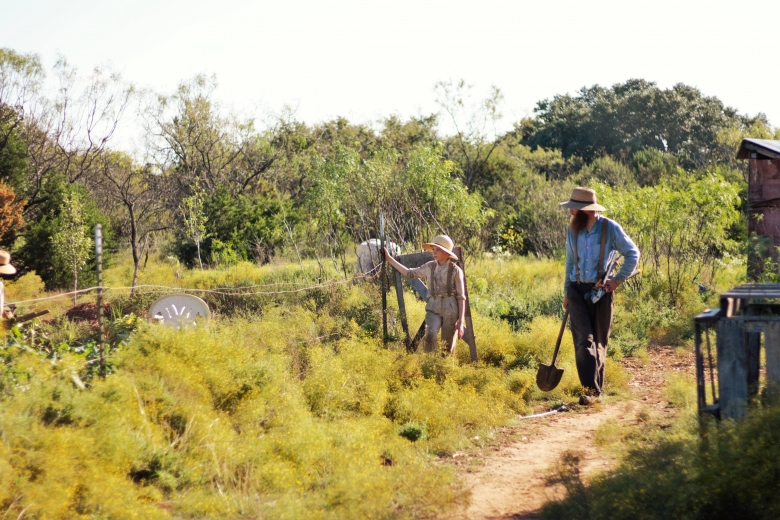
When all was said and done, one third of the chicken field lay bare, awaiting the next day’s planting of garlic. We filled the wheelbarrow and then found a few more armfuls when the garlic went in the ground. Boxes now sit on shelves curing next to the wood stove.
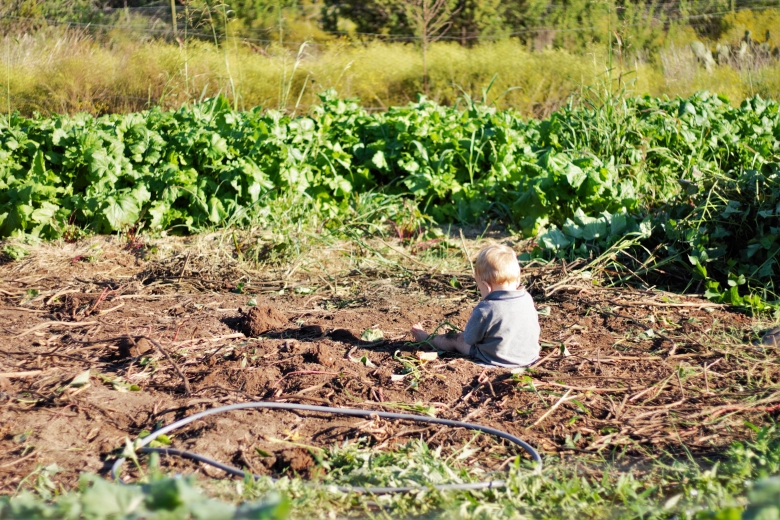
When I think back to the little bitty slips that went into the ground and the abundance that sprang forth, it is nothing short of a miracle. Sweet potatoes are a wonderful crop in that they provide us with greens, even in the heat of summer, they generally cure over just fine even if they split before harvesting, and they store tremendously well without any outside input.
Truly these sweet gems, and the process of growing them, are a gift from the Lord.

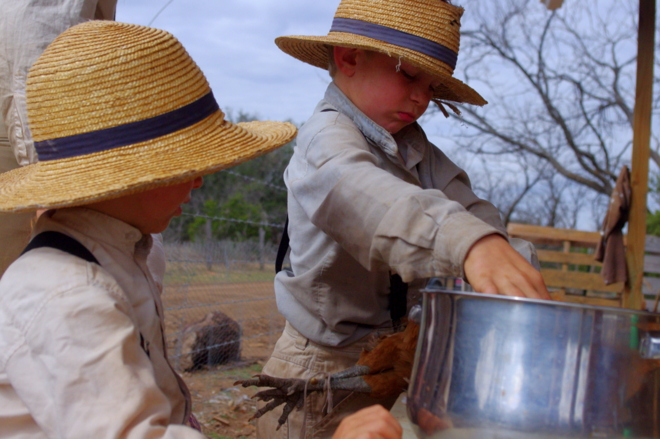
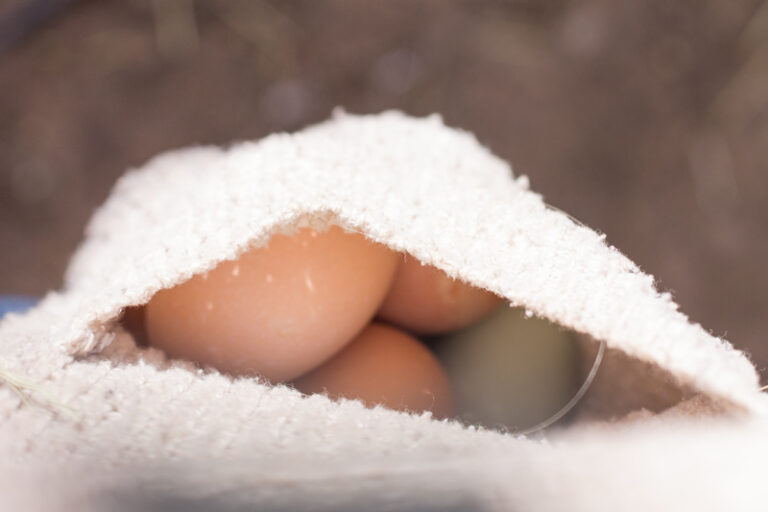
Joshie looks so content sitting in the dirt 🙂
It’s his happy place. 🙂
Can you say a little more about curing them… How you do it, and for how long? And then how you store them afterwards? Thanks!